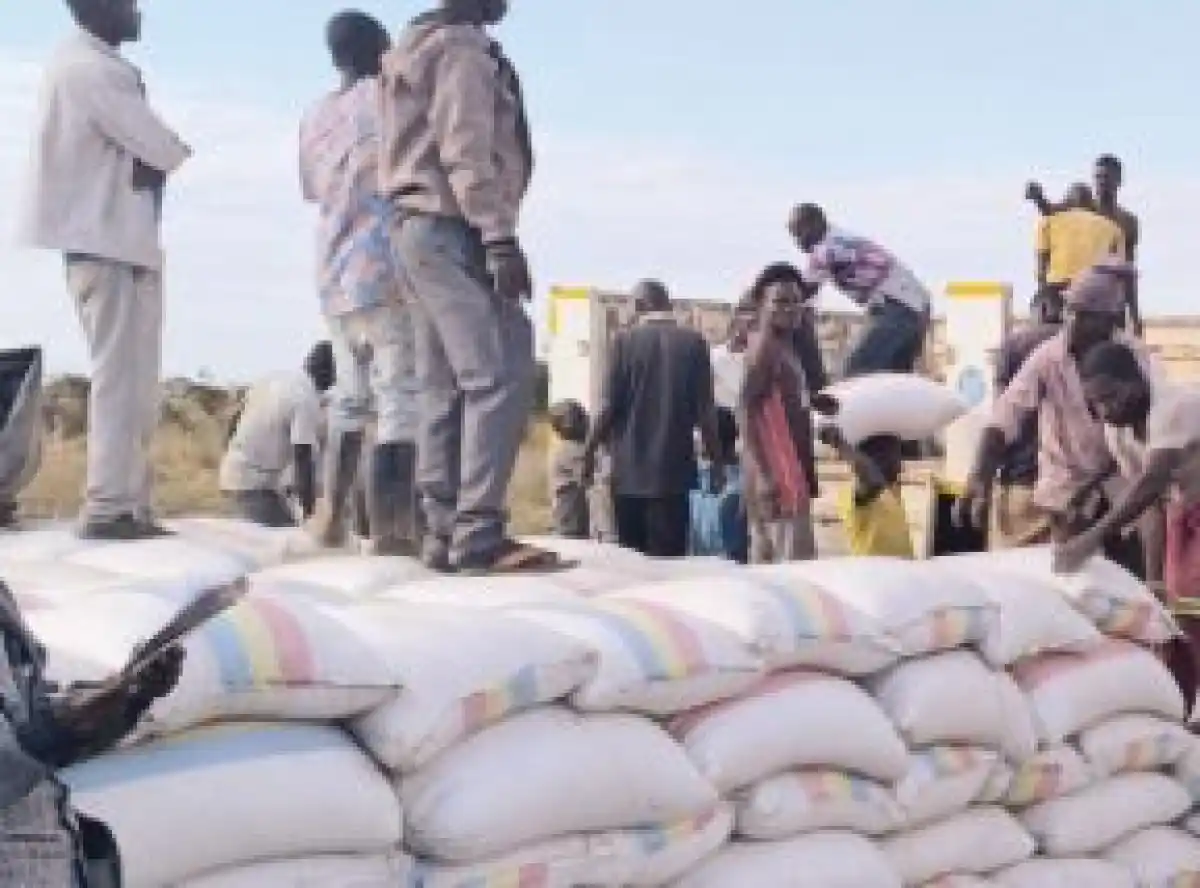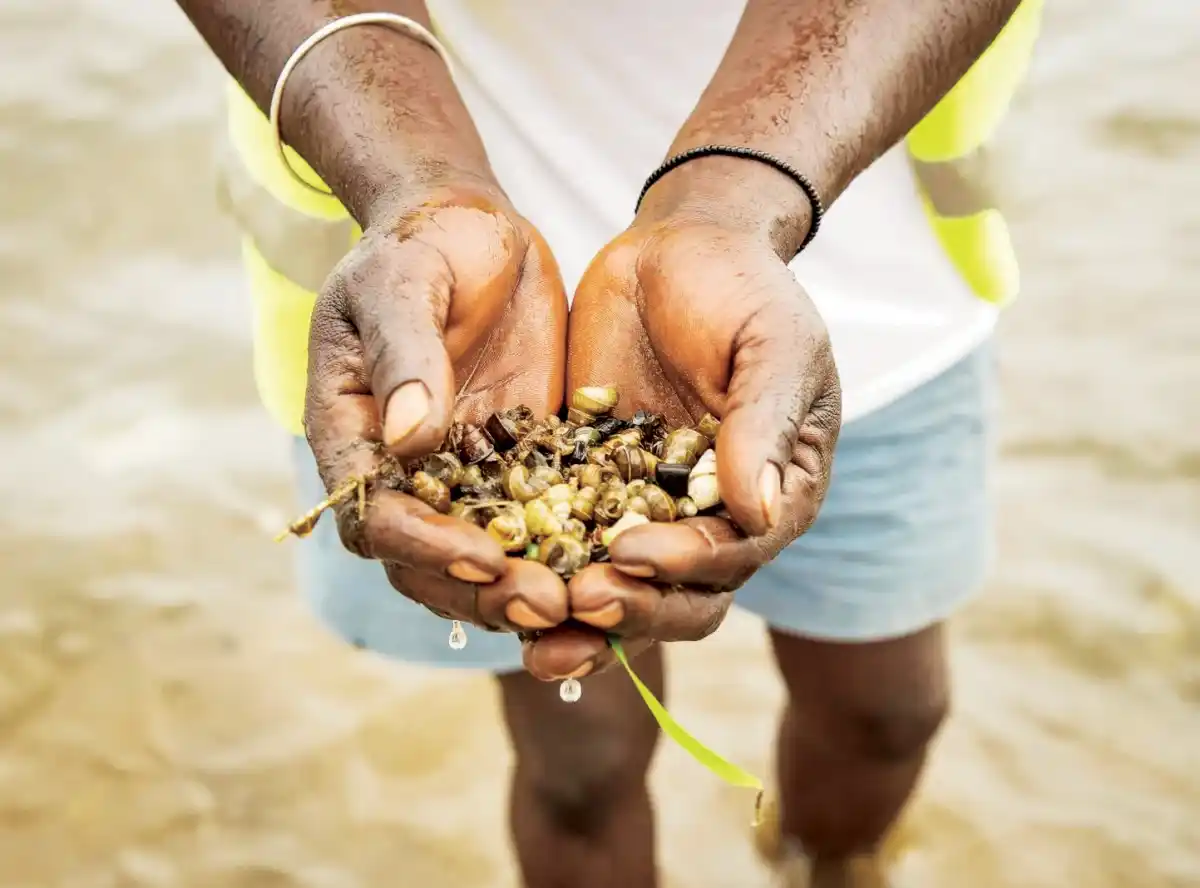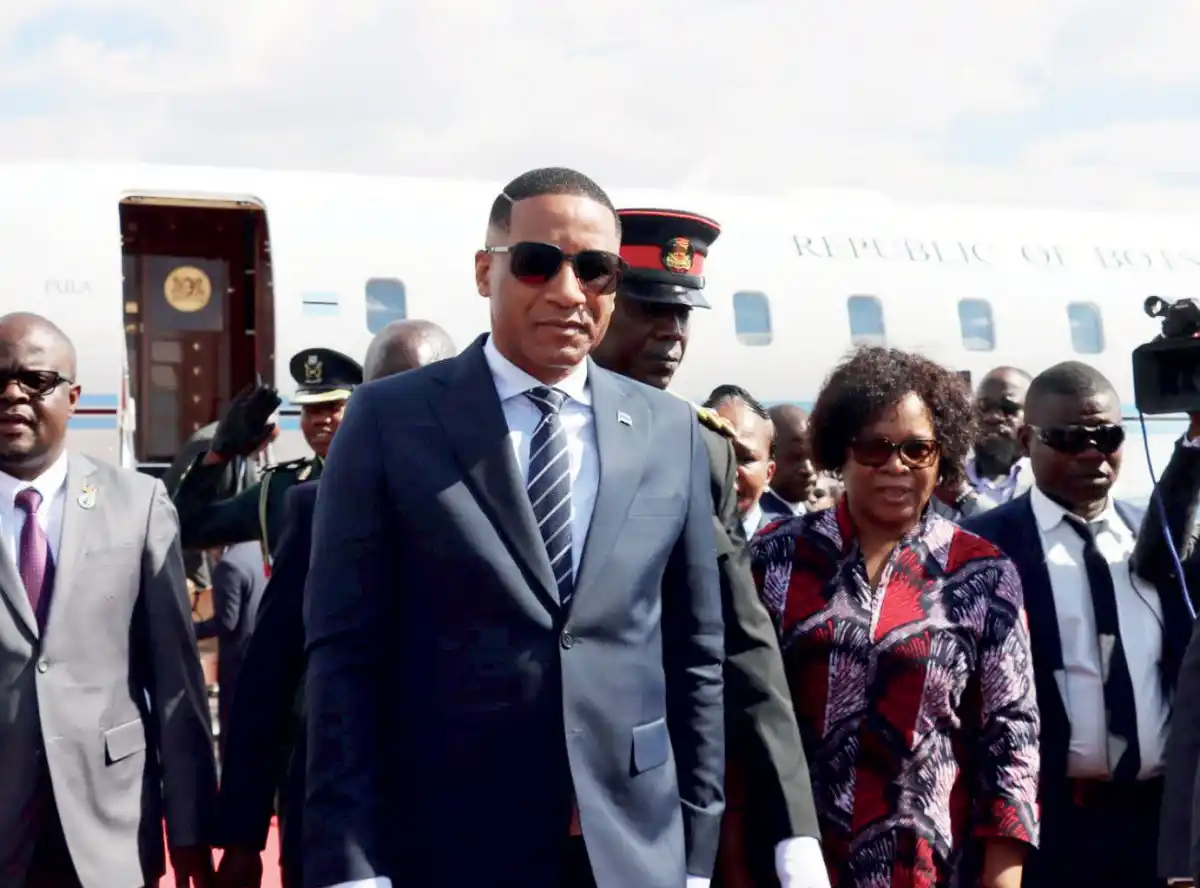
Malawi Government has backtracked on its initial plan to set-up and manage megafarms, preferring to be an enabler while the private sector runs the enterprises, it has emerged.
The new model marks a departure from the March 2021 concept note which saw Capital Hill planning to set up three megafarms across regions by July 2022 and also promised to identify land for more farms in other places under its management.
But two years after the July 2022 deadline, the three megafarms are now stillborn and the Ministry of Agriculture appears to have forgotten that it was once pregnant with megafarm triplets of its own.
In an interview last week, newly-established Ministry of Agriculture Mega Farms Unit director Alfred Mwenifumbo said he is not aware of the 2021 plan as he joined the ministry in 2022.
When The Nation shared snippets of the original concept note with him, he said there was a lot of “wishful thinking” and “desperation” to show the public that something was happening.
Said Mwenifumbo: “I am hearing this from you. There was a lot of wishful thinking out there and desperation. People here [Ministry of Agriculture]) wanted to show government that something was happening when there was really nothing.”
He said the new megafarms model will let the private sector run the large factory-style farms while government plays a coordinating role.

In the 2021 concept paper, government said it wanted to manage the farms to ensure food security and improve exports.
Yet another concept note developed in August 2022, titled ‘Formation of mega farms’, government further committed to establish a professionally-run management company responsible for mega farms.
The company was expected to be fully capitalised and have tractors, planters, harvesters and other machinery. For the effective function of this firm, a budget of $150 million (about K260 billion) was proposed.
But Mwenifumbo said this was no longer the focus as megafarms are now the business of the private sector and the department he is heading will pretty much do what the company would have been doing.
He said that the initial plan was to target farmers with land parcels of at least 500 hectares (ha), but under the latest approach, a farmer with 20ha qualifies.
Said Mwenifumbo: “How many farmers can have 500 hectares? We opened up to many so that more Malawians participate. There is financing available and indeed a ready market for some farmers. This is what our unit is doing instead of having the government run the farms.”
Under the 2023/24 roadmap, the megafarm programme targets a minimum of 175 000ha of agricultural land, starting with 25 000ha in 2023/2024 and scaling up to 175 000ha by 2028/2029.
Meanwhile, Mwapata Institute, an agriculture think-tank which has done studies on the viability of the megafarm concept in Malawi, backs the private sector-led model, saying it is more efficient.
In a written response, one of the researchers at Mwapata Institute, Anderson Gondwe, said the private sector-led model will take away the operational burden from government, which must focus on policy.
He said: “The role of the government should be restricted to providing an enabling policy environment, providing supporting infrastructure, enhancing access to financing and access to markets and providing access to land [unutilised or idle estates].”
Maicc bankrolls megafarms
Malawi Agricultural and Industrial Investment Corporation (Maicc), a development financing entity formed as a partnership of government, the private sector and international investors, has set aside K20 billion for the megafarm programme.
Part of the funds, according to Mwenifumbo, will finance 200 maize farmers expected to sell their produce to the National Food Reserve Agency (NFRA) to improve national food security by stocking the strategic grain reserves.
He said: “This is new thinking. After harvesting, they will sell to NFRA and pay back the loan. Parliament has allocated funding to NFRA and that will be used to buy maize. So, the financing is taken care of and so is the market. This must motivate many to venture into mega farms.”
NFRA has already started taking delivery of the maize from some mega farmers such as Salima Sugar Company, which supplied 90 metric tonnes in June this year.
But in a written response yesterday, Minister of Agriculture Sam Kawale clarified that NFRA is expected to buy not only from farmers under the megafarm arrangement, but others as well.
He said: “At the moment, the institution has received two funding sources, government and development partners. What we expect is that, around 50 000MT or more will be bought and cultivated using these funds. Once these funds run out, more funds will be made available for NFRA to buy more maize.”
Kawale said his ministry is still working on figures to establish the number of megafarm linked farmers who have supplied to NFRA.
In the roadmap, besides maize, other crops and livestock are also targeted. Among the crops and livestock targeted for the 2024 to 2029 period are rice, wheat, soya beans, groundnuts, dairy milk, beef, piggery and poultry.
For this year alone in mega farms, production was 40 950 000 kilogrammes (kg) for maize, soya beans and groundnuts. Of this, maize yield is 32 368 000 kg from 212 farmers. Soya beans stands at 5 864 400 kg from 89 farmers and 2 718 000 kg for groundnuts from 57 farmers.
According to the ministry, soya beans and groundnuts farmers also produced maize.








0 Comments